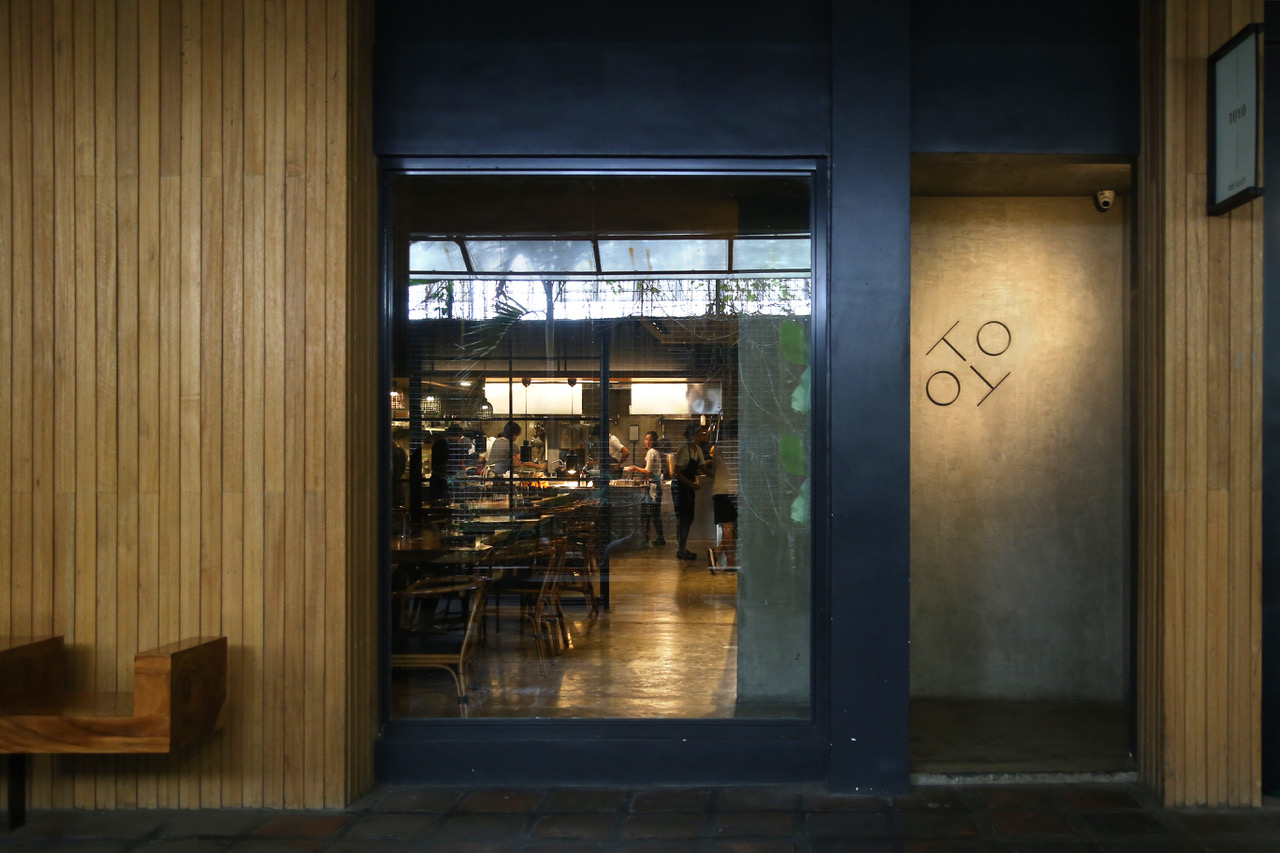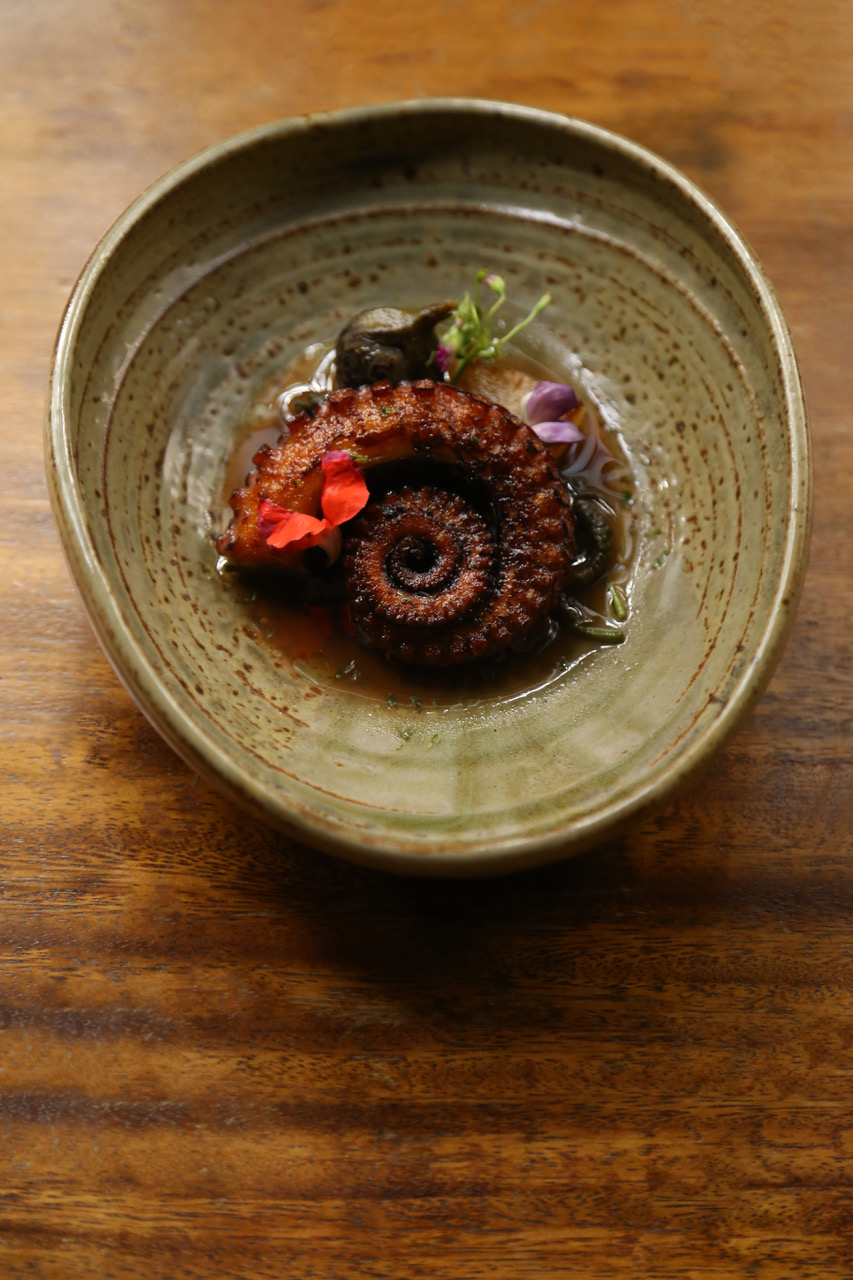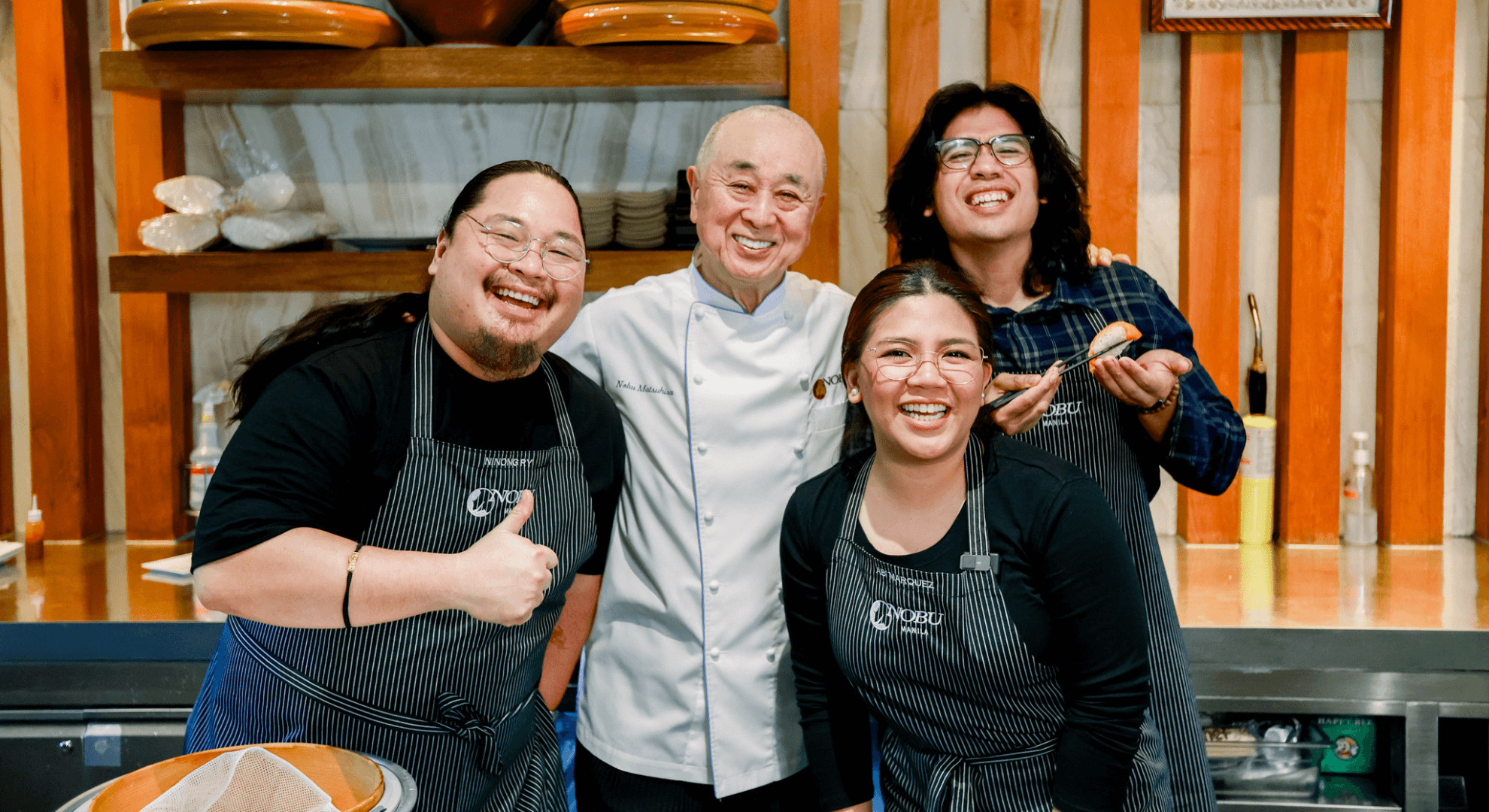
At a certain time every year, restaurants who have reached a certain stature wait anxiously for a call from the organizers of The World’s 50 Best Restaurants, or in the case of chefs, Asia’s 50 Best Restaurants, awarded by the same company based in London.
While the list is kept hidden until the winning restaurants are announced at a ceremony—this year to be held in Macau on March 27—some of the special awards are announced beforehand at carefully timed intervals.
Asia’s 50 Best Restaurants has been around long enough for insiders to know most of the names on the list, the early announcement of the special awards gives the press and the international food community time to get to know the winner a bit more before they are fêted at the awarding ceremony.
The One to Watch—originally called The Breakthrough Award when it was launched—is given to a newcomer that the judges feel show exceptional promise. It’s an opportunity for the global media, and the judges in the arcane 50 Best Restaurants’ voting system (one has to vote for a certain number of restaurants outside one’s home country) to get to know the restaurant a little better. It’s also a chance for the restaurant to step up its game— if not the food, in terms of publicity and collaboration, and generally make its presence known.

This year’s winner of Asia’s 50 Best Restaurants’ “The One to Watch” is Toyo Eatery, a favorite among local food writers. Its head chef, Jordy Navarra, is widely respected on the local scene. Many critics—myself included—have predicted Toyo to be the next Filipino restaurant to be chosen by Asia’s 50 Best Restaurants.
So in a way this award comes not as a great surprise—but then it also is. Many of us, at least on the local scene, forget that Toyo Eatery isn’t even two years old.
It’s also the first time a Filipino chef is being honored by Asia’s 50 Best Restaurants for his Filipino food. After this year, it’ll be almost impossible to say that Filipino food isn’t getting due attention on the global stage.

Toyo Eatery cooks Filipino food for Filipinos: not down-home, comfort food, but refined, exalted Filipino food—something that people have said for ages could not be done, that Filipino food would always be comfort fare best appreciated in people’s houses, cooked by a loving grandmother.
Jordy Navarra showed us that it could be that and it could also be a glittering jewel of refinement, multi-faceted and capable of abstraction and complexity.
Toyo Eatery plays to both aspects of Filipino cuisine: deliberately avoiding the term “restaurant” for the casual “eatery” (more associated with roadside diners and bus depots than fine dining), keeping the atmosphere light, casual and easy—while at the same time serving food that is always thoughtful and surprising.
“For me there are a number of layers at which food has to satisfy you,” Navarra says.
“The first—and this is very Filipino—is that you have to get full. If you go home and you’re still hungry you’ll grumble.
“Next, it has to be delicious: it can be very thoughtful and philosophical but if it doesn’t taste good, what’s the point? It’s only then that it gets to be meaningful. And at the highest level makes you inspired, it has to make you feel something.”
Navarra worked at The Fat Duck in England and Bo Innovation in Hong Kong and returned to the Philippines in 2012—“to do something Filipino.”
He was convinced that Filipino food could achieve the rarefied heights of what other culinary traditions had attained. Others had tried, with varying degrees of success.
Navarra’s bold proposition was that Filipinos were finally ready to take their own cuisine seriously, and that meant overcoming the challenge of getting Filipinos to pay as much for a tasting menu of local ingredients and local concepts, as for a Japanese or French degustation.
Navarra worked in another restaurant in the Philippines as executive chef for three years before opening Toyo Eatery with his wife, May Navarra, in 2016.
The response, even before today’s announcement, has been positive, despite the odd naysayer who would balk at the prices. (Those who have been behind the scenes at Toyo’s meticulous, mainstaking prep time, or has seen the lengths Navarra and his chefs go to source their meat and vegetables, will understand where the money goes.)
Although the space feels warm and casual, nothing is arbitrary: the Navarras came in with a very clear idea of what they wanted the restaurant to look like.
The plates are made by local artisan potters, bespoke for the restaurant. There is a clear Japanese influence in the hand-crafted plates, as well as in the meticulous mindfulness about every detail of the dining experience.
Navarra is not shy about his admiration for the artist-craftsman Japanese chefs to whom passion for restaurants is all-consuming: everything they make goes into getting better ingredients, better equipment, enhancing their skills.
I asked how the award would change what they were doing in the restaurant. “Nothing,” he replied. “Absolutely nothing. We’re going to go on doing what we’ve been doing.” Which doesn’t preclude new dishes, of course: from my point of view as food writer, what I feel Navarra has learned in recent years is to innovate at a faster clip than he used to when he was just starting out.
One can go back every few weeks and have a different experience of the tasting menu. Or, unlike in his previous restaurant, you don’t have to go for the full experience every time: you can drop in and have just a rice bowl and some appetizers.
One of the highlights of dinner at Toyo Eatery is the service bread, as well as light, puffy clouds of tocino bread, which guests couldn’t get enough of.
So when the neighboring space two doors down opened up, they decided to put up Panaderia Toyo—a play on the old-style Filipino bakeries, except that the bread is all natural yeast fermented sourdough, and the bowls of stuff to go with the bread are typically layered and nuanced.
Toyo Eatery, after this award, will be the center of media attention in the way that only an awards body such as Asia’s 50 Best Restaurant can draw.
After years of cooking Filipino food for Filipino palates—and tapping into such nostalgic childhood memories as the “Bahay Kubo” song and eating street food on the sidewalk—the doors will be thrown open to a new crowd of people who will not be drawing from the same wellspring of memory, or to whom the intensity of Philippine flavors may come as a shock.
In light of their newfound place in the gastronomic world, it is to be hoped that they have the steadfastness to hold true to their mission, as well as the courage and imagination to move forward and evolve as they should.












































